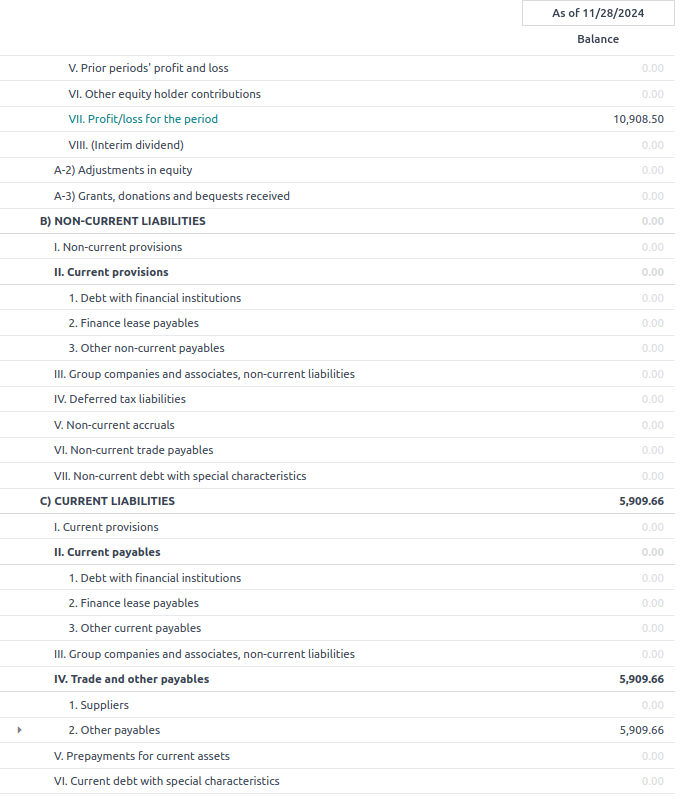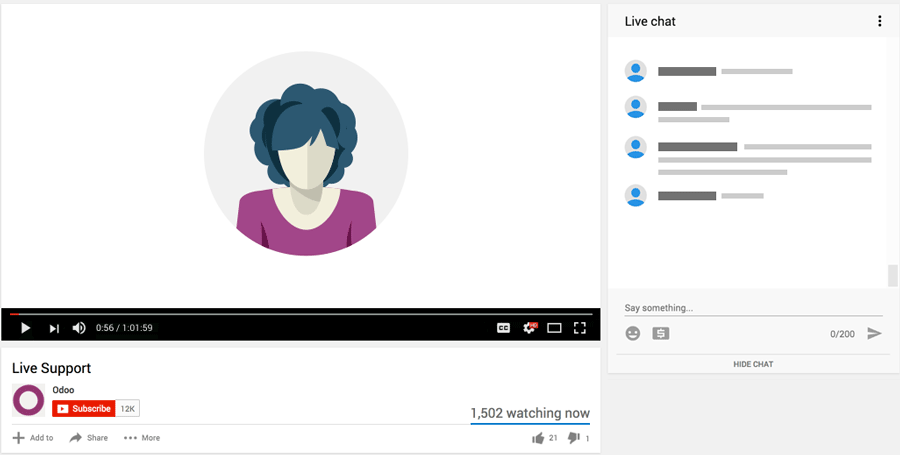Financial reports or accounting reports are documents that show information about the financial life of the company during a certain period of time, for example: a quarter or a year. In other words, they are the interpretation of the accounting that a company or self-employed person carries out during the year.
These reports provide key information on economic inputs and outputs, which will have an impact on decision making with a higher probability of success and with less waste of time and resources.
These reports are key to the proper functioning of any company, organization or even self-employed. In addition, they have other utilities, such as informing partners and potential investors of the current state of the company or serving the Treasury for the subsequent calculation of taxes. Among these reports, the most representative are the profit and loss report and the balance sheet.
Profit and Loss Statement
The profit and loss statement is one of the most important annual documents on the financial situation of the company. It is generally done annually with the closing of the fiscal year, although we can find some exceptions.
As the name itself indicates, this report will illustrate the performance of the company in the last year, we will be able to see if we have had profits or losses. To do this, the movements will be added, adding our income and subtracting the expenses of the last fiscal year.
All this information will be reflected in the final report, which must follow the official structure set out in the chart of accounts. This includes the accounts of groups 6 and 7, which are purchases and expenses and sales and income, respectively. With this information, we can see the solvency of the company.
In the case of Odoo, as purchases and expenses as well as sales and income are made, they are automatically added to the corresponding accounts, creating the accounting entries for each transaction. As these entries are created automatically, they are integrated into the profit and loss account. In this way, when accessing the profit and loss report, we will be able to observe that it has been fed with all the information of the last fiscal year and will generate the report with the required structure.

In the report we will be able to see the division into four parts: operating profit, financial profit, profit before tax (the sum of the first two) and the profit for the year, which would be the third part with the sum of taxes.
In addition, we will be able to enter quotes that have not yet been sold in order to make forecasts for the future, which will allow better control over the company's economic situation.
This document can be exported in both PDF and xlsx format. In Spain the presentation of the profit and loss account is mandatory, so having a system like Odoo that automatically feeds the report will help us to save time and resources in the preparation of the same.
Balance Sheet
Unlike the profit and loss statement, which shows the financial information for a period of time such as a quarter or a year, the balance sheet shows the state of the company at a specific time.
Another major difference with the profit and loss statement is that the balance sheet also shows the company's assets, liabilities and equity. Assets, in short, include the assets and rights of the company. For example: material, products, patents, etc. On the other hand, the liabilities and net worth of the company include the capital used to obtain the assets.
However, in similarity with the profit and loss account, the balance sheet is also a mandatory presentation, so having a digital system for its realization, such as Odoo, will be a great advantage. The presentation of the balance sheet must be done at the end of the accounting year, after the closing of the fiscal year, before the end of July.
The preparation of the balance sheet in Odoo, as well as the profit and loss account, is automated with the data that we enter in the system. It will take into account all the assets we have at the time of reporting, including the depreciation of the assets that are subject to it. Likewise, accounts receivable will also be taken into consideration. For liabilities it will work in the same way, as we feed the system this information will be automatically transferred to the balance sheet.


So we can see the importance of the digitalization of companies, having a management software that allows the automation of these processes will help to reduce costs, time and drastically reduce the chances of human error. In addition to the mandatory digitization brought by the new regulations included in the Anti-Fraud Law and the Crea y Crece law, with the VeriFactu system and e-invoicing, respectively.

